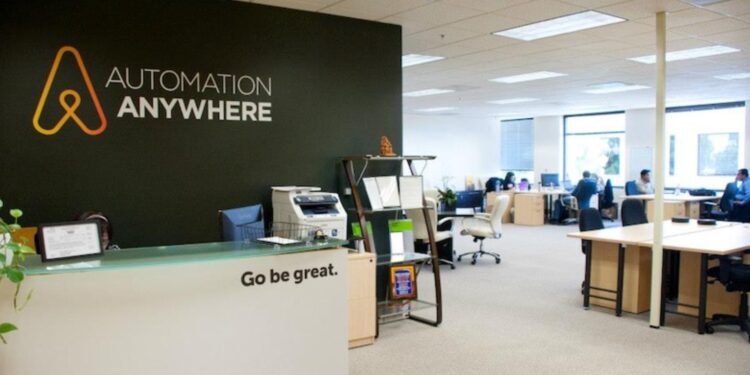Once the shining light of inexhaustible growth, the technology industry is also hit hard in 2025, bleeding 61,000 jobs in the first half of the year. This alarming trend, measured by databases including Layoffs. btw, marks the convergence of several forces rattling the industry’s foundations.
Some of the biggest players have launched massive head-count reductions. Microsoft announced its biggest wave of layoffs since 2013, eliminating around 6,000 positions at all levels of the company, including the subsidiary LinkedIn. Google has also been quietly trimming its staff across various divisions, including advertising, sales and its Pixel, Android, Chrome and cloud units. Amazon has pared its Devices and Services unit and cybersecurity firm CrowdStrike cut 5% of its workforce. Even Meta made more moves to streamline its work force after already having made sizable layoffs the previous year.
Increased use of artificial intelligence (AI) and automation are behind much of this trimming. Organisations are adopting AI for efficiency and, in some case, are transitioning to an”AI-first” approach. This transition requires a reshuffling of human capital, resulting in job redundancies that are automatable or are considered less important in the new AI-driven economy. The significant expenses around developing and maintaining AI infrastructure are also leading some companies to trim headcount overall to focus resources.
But the industry’s bet on AI is not without hurdles. Increasing evidence suggests that there are human skills, especially in domains requiring deep intuition and complex problem-solving, that are not only difficult to replicate with AI, but that are not easily replaced by any machines. Some businesses such as the Swedish fintech firm Klarna have even gone so far as to flip from an AI-first customer service approach having noted a drop in quality -illustrating the limits of AIs as they stand.
Economic headwinds and a feeling of global instability are also fuelling the tech companies’ cautious attitude. Companies are shifting from a mind-set of expansion in all areas to an emphasis on penny-pinching, operating more efficiently, and driving up profits. It’s something that all too frequently means cutting the number of people that are working and functioning as a workforce to try to just survive what may happen in the future economically.”
The fallout of these lay-offs is immense; it impacts not only the individual employee but the very innovation ecosystem. While some are reassigning tech talent to positions focused on A.I., the number of job cuts indicate a major shift in the tech industry. How the subsequent months unfold, and if the process continues and the industry can reach a new equilibrium given intense technological changes and real economy challenges, will be interesting to watch.
















